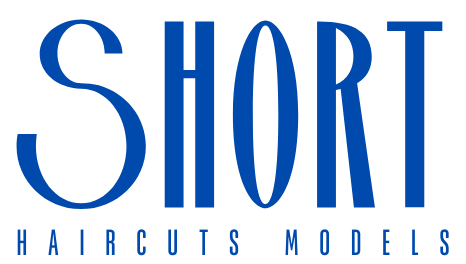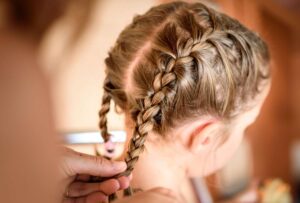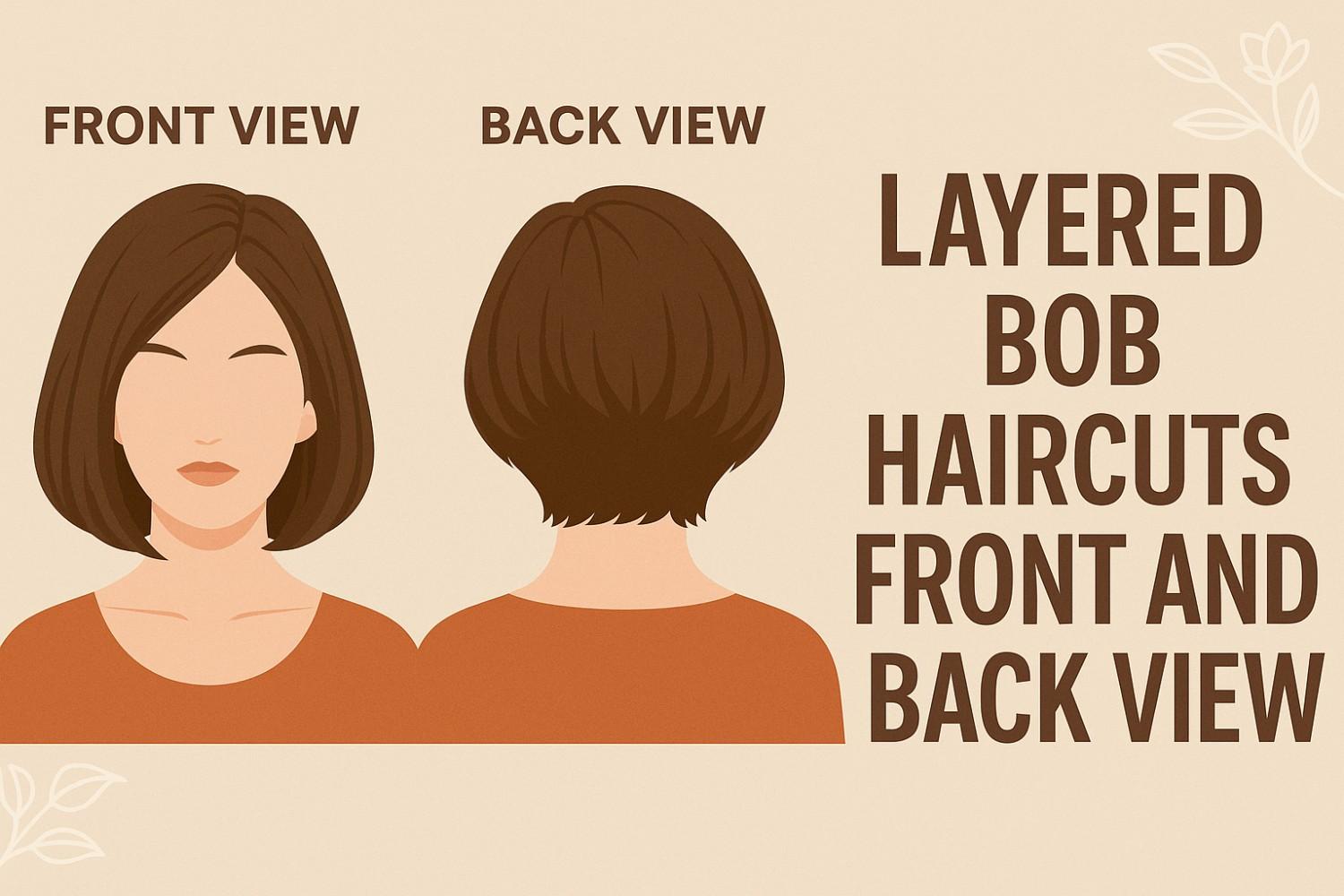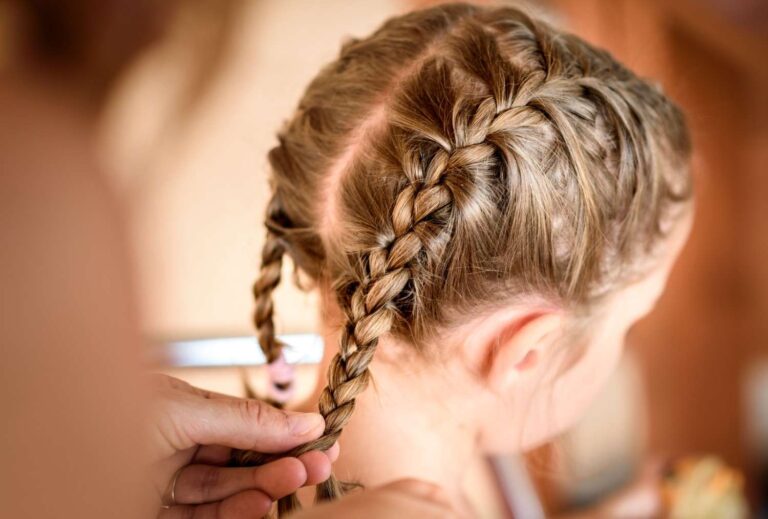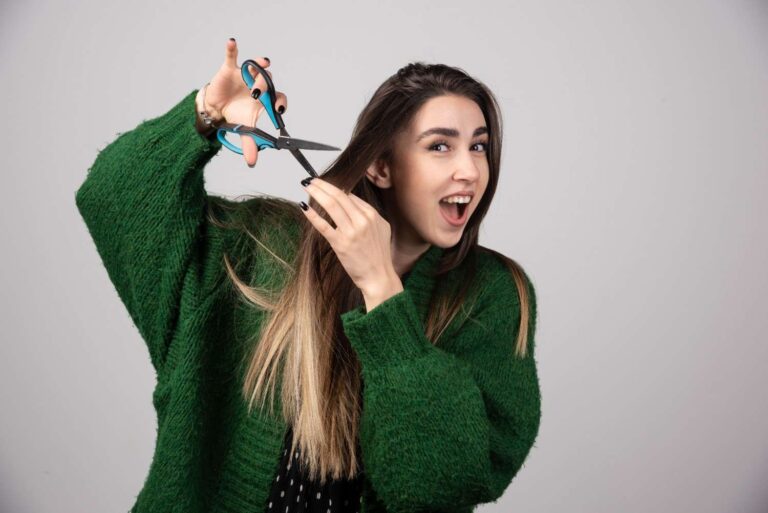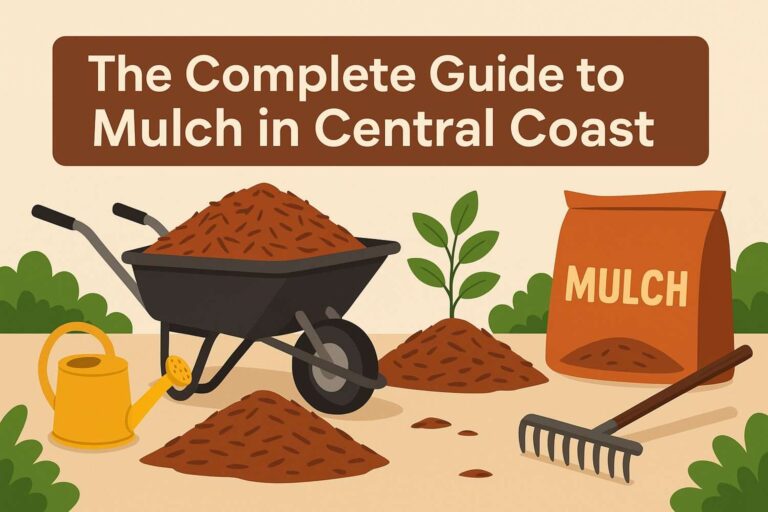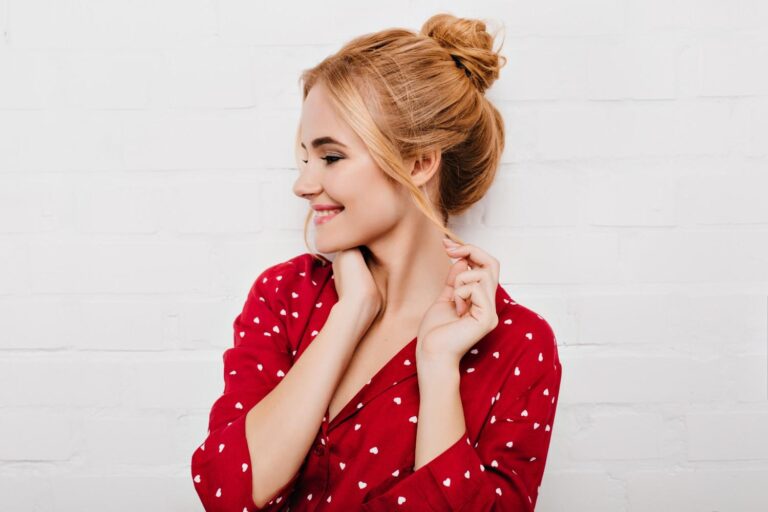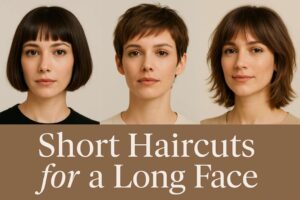If you’re on the hunt for a chic, modern bob that flatters from every angle, layered bob haircuts front and back view should be top of mind. The trick is to balance what the cut does in the front—how it frames your face—with how it sculpts the back for volume and shape. In this guide, you’ll see how stylists blend front and back layers to get that polished, selfie-ready look.
Why Front and Back Views Both Matter
When people think of a bob, they often imagine the front—bangs, face framing, and length. But if the back isn’t cut intentionally, your bob can look flat, shapeless, or awkward from behind. The most successful layered bobs harmonize both the front and rear views so that the cut reads beautifully in selfies, mirrors, and candid snapshots.
A good example: while the front layers might softly outline your cheekbones or chin, the back structure might be built to lift the crown or keep a clean angle. The synergy between those two aspects is what gives a bob its “wow” factor.
Front View Ideas: How Stylists Frame the Face
Layering the front of a bob gives stylists creative control over how your features are accentuated. Here are common approaches (rephrased from your input):
Face-framing layers: Longer pieces around the temples or cheekbones that blend softly. Many stylists pair these with curtain bangs for a flowing, blended edge.
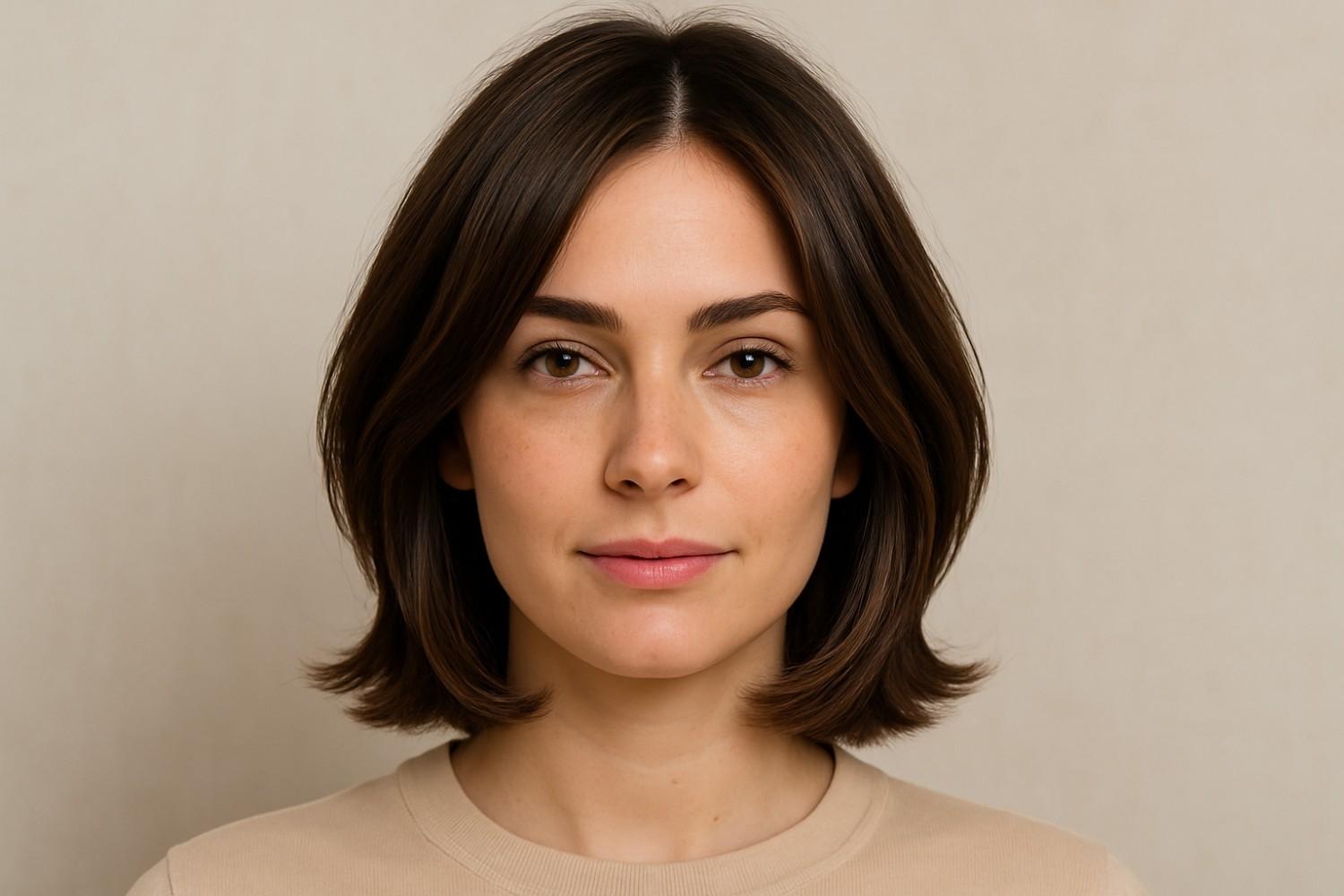
Voluminous bob strategy: For thinner hair, front layers are cut to add fullness around the cheeks and chin, making the bob look more substantial.
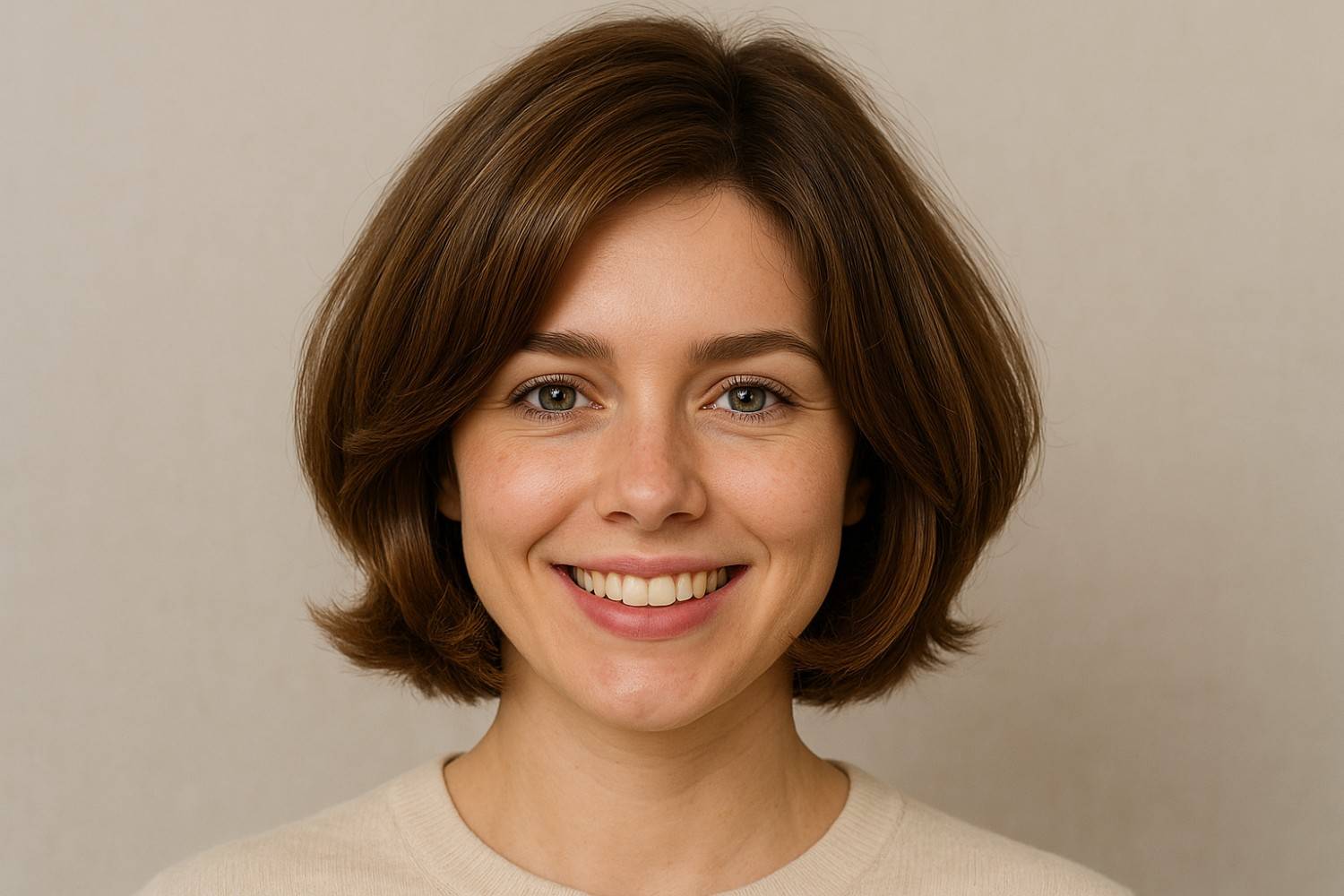
Angled or inverted layout: The front strands are longer, while the back is trimmed shorter—so you see a strong diagonal in profile.
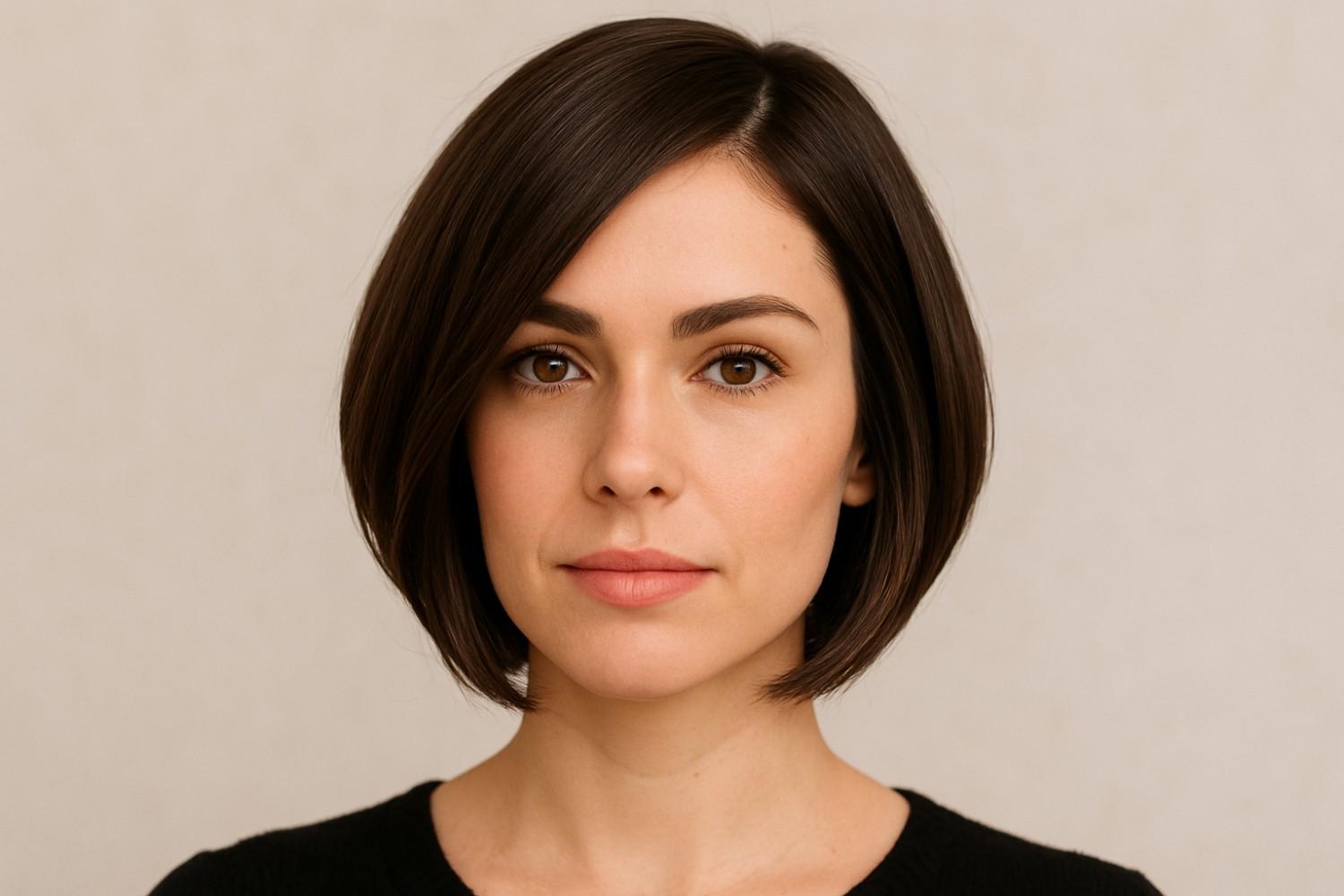
Bob with bangs: Layers can feed into or begin at bangs (either blunt or wispy) so texture continues through the fringe.
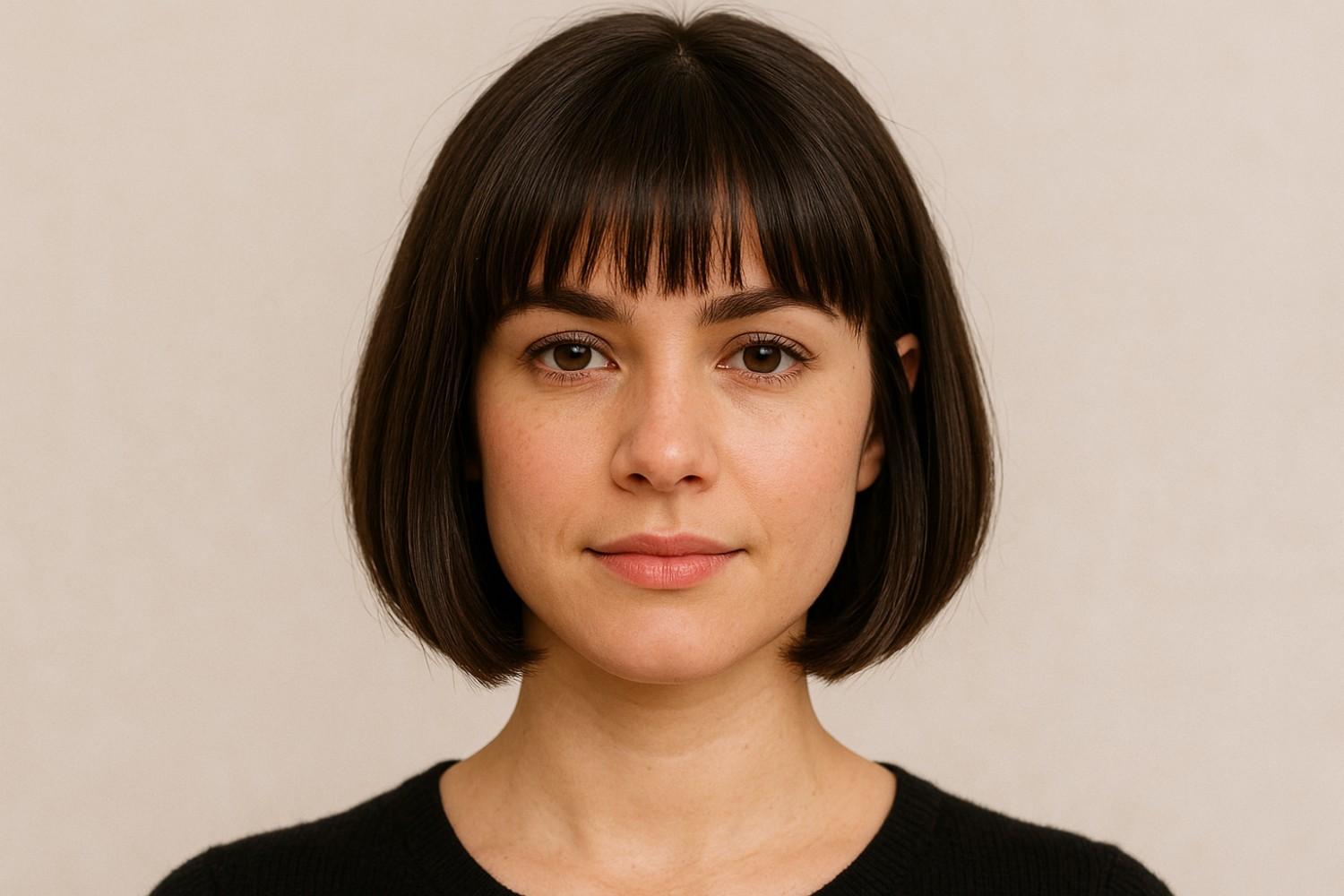
Feathered or ‘70s-inspired finish: Light, airy fringe and softly curved ends inward give a vintage, floating effect.
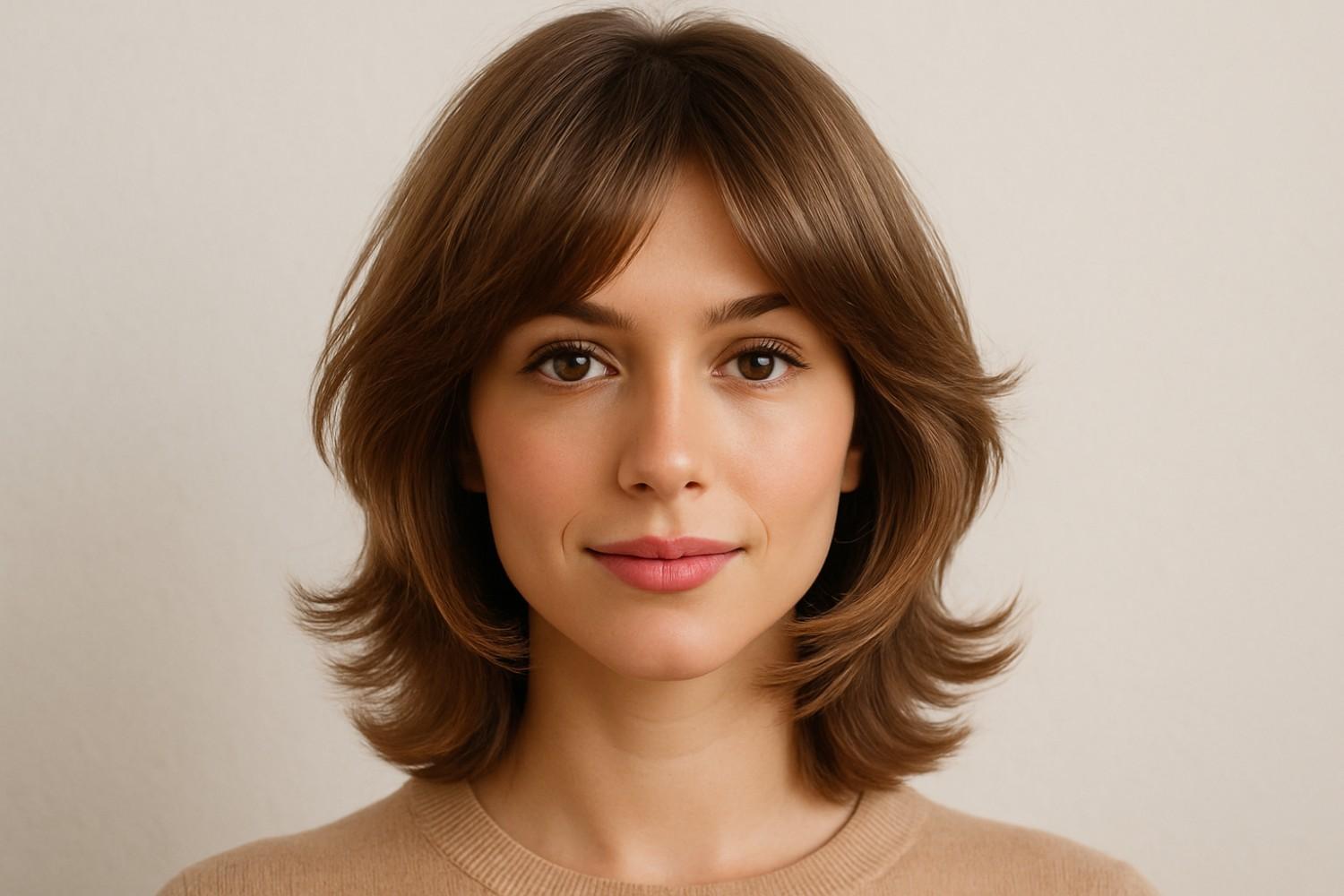
These front variations not only influence your face shape, but also set expectations for how the back should balance the cut.
Back View Designs: Sculpting the Rear Silhouette
What happens at the back is equally important for the overall shape and body of your bob. Here are the styles commonly used:
Stacked (graduated) back: Shorter angled layers “stack” upward, creating a rounded, lifted profile.
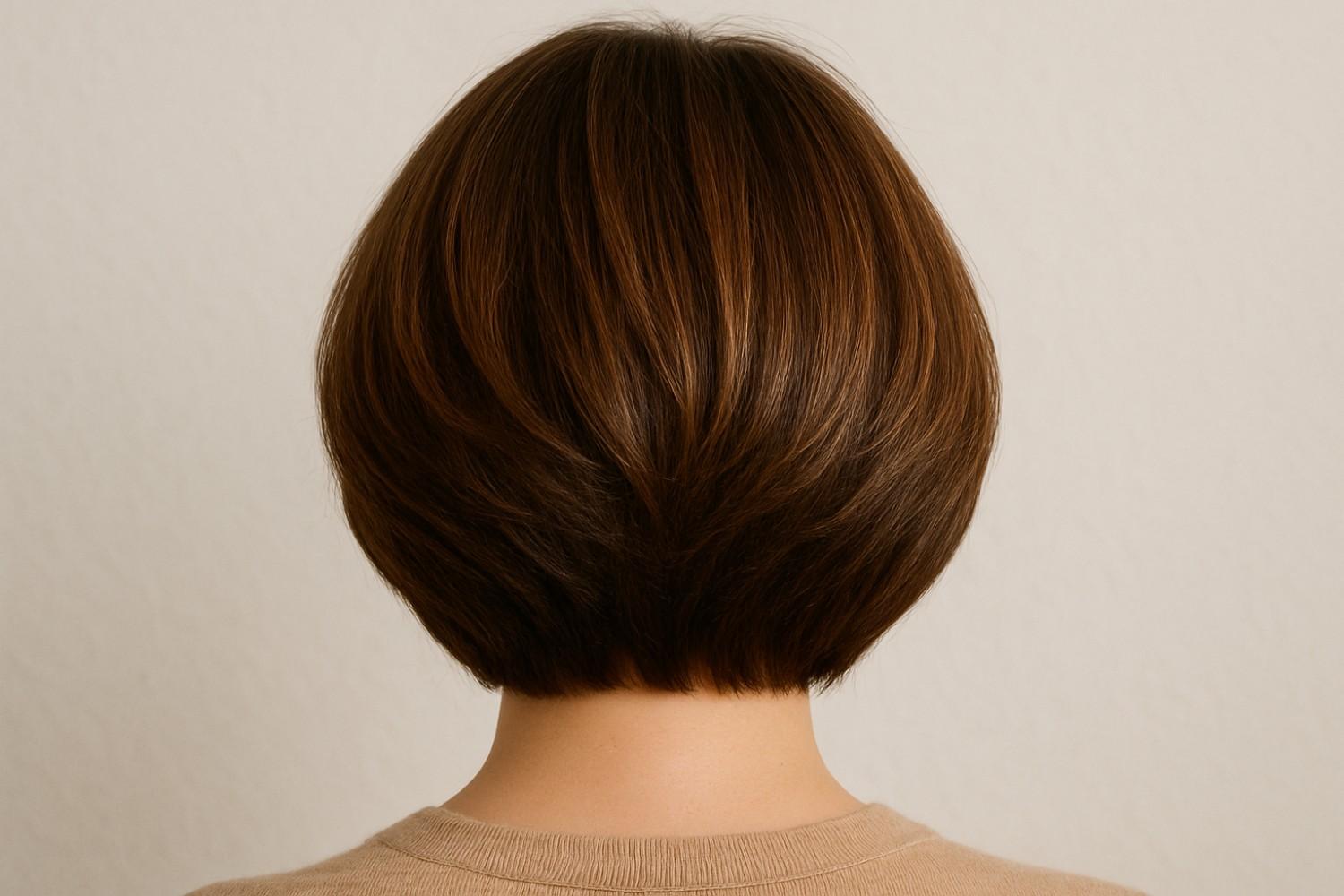
Uniform subtle layers: Instead of sharp stacking, softer, blended layers throughout the back add texture and movement without harsh angles.
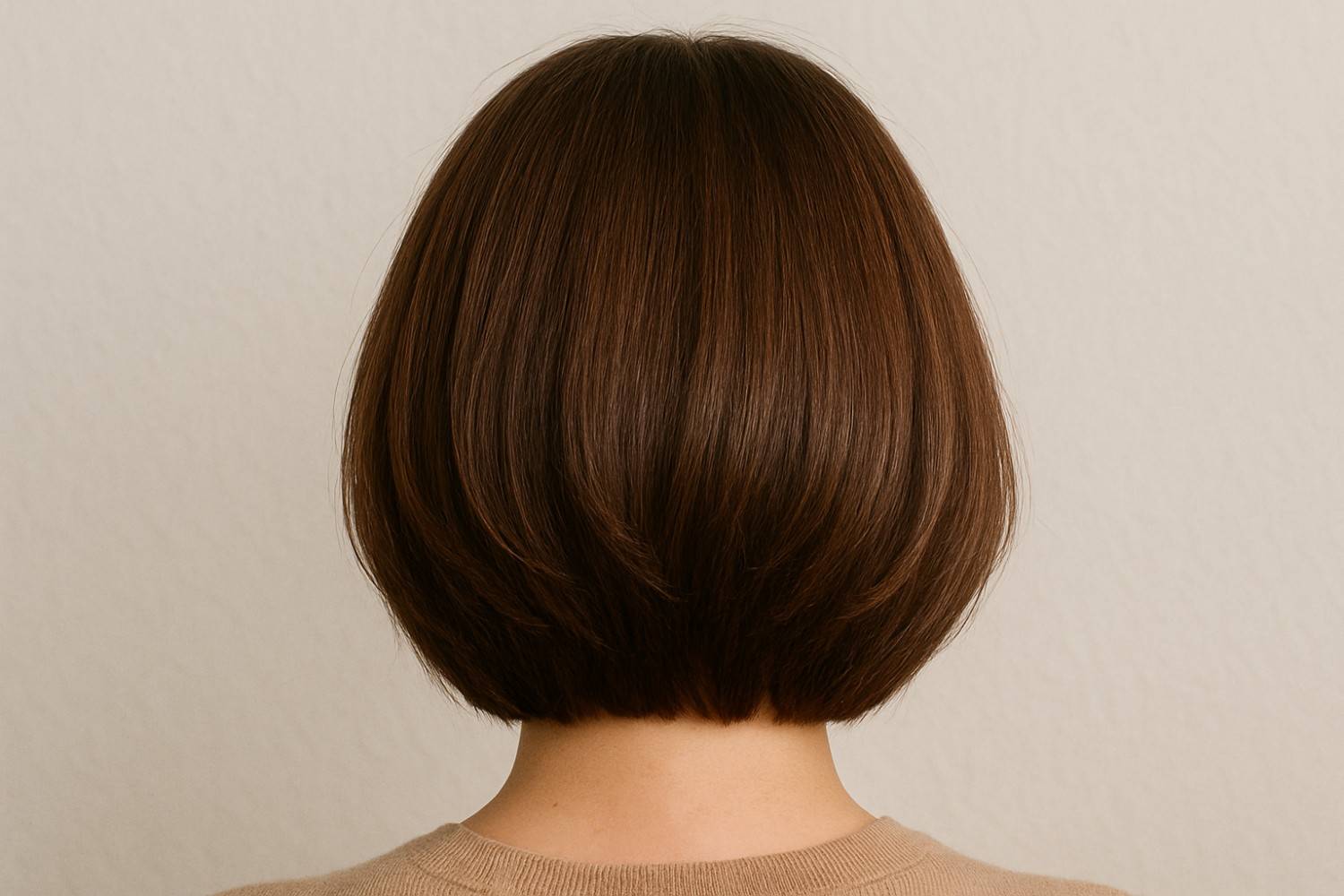
Clean inverted cut: The back is shorter, with minimal internal layers—the focus is on the sharpness of the angle toward the front.
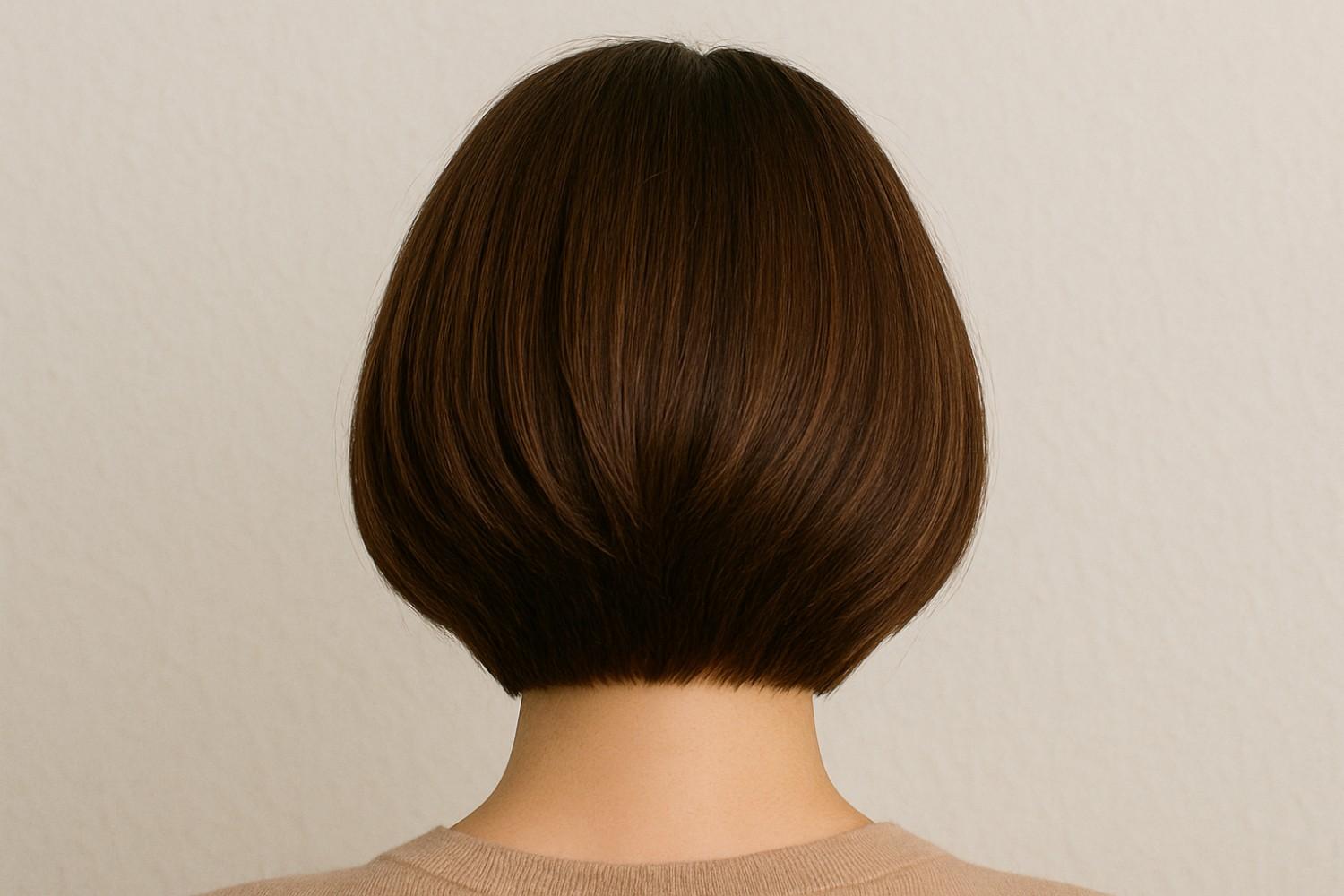
U-cut or V-cut for lobs: For longer, layered bobs (lobs), the back may be trimmed into a rounded U shape or a more pointed V for cascading dimension.
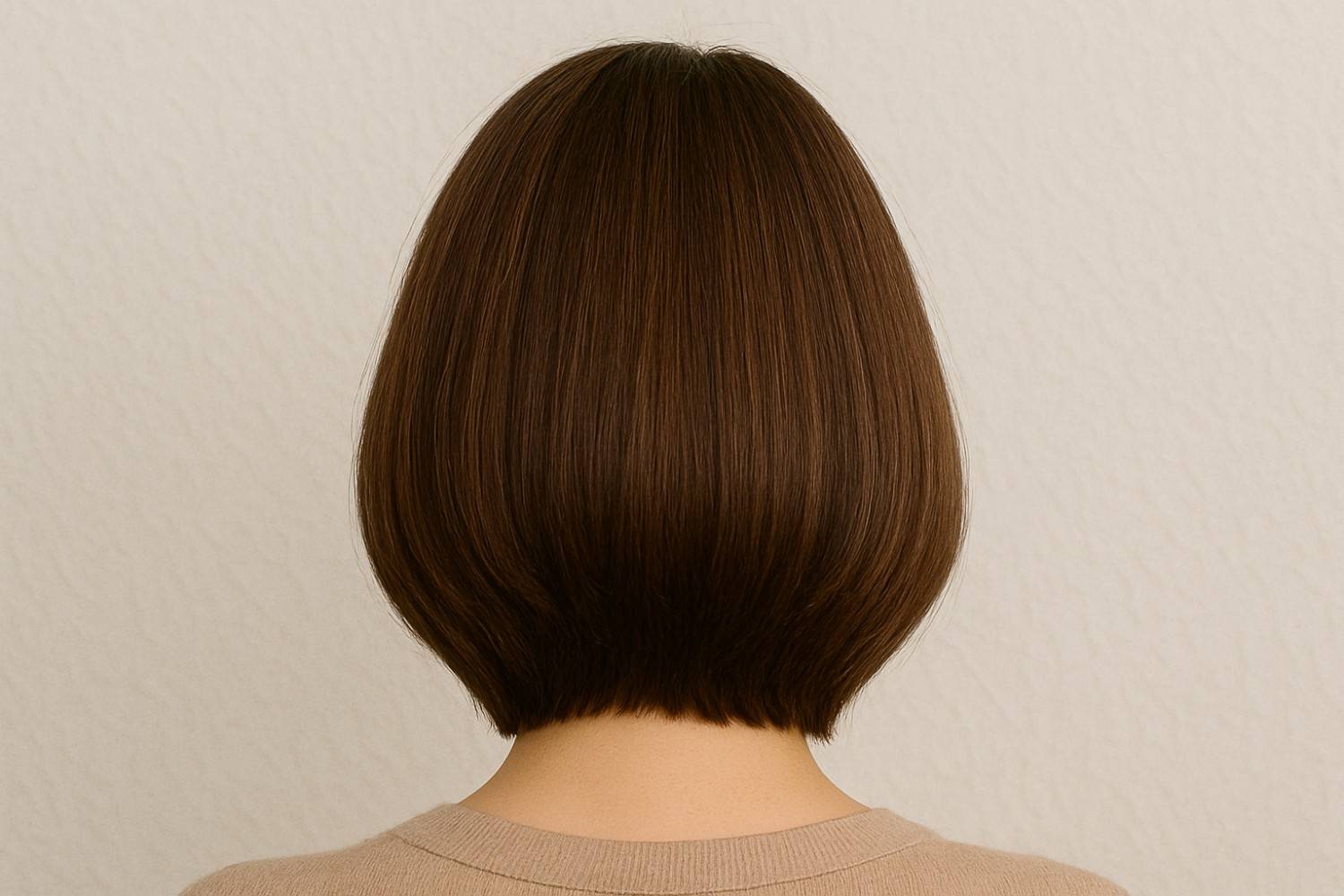
When you view the cut from behind, these options decide whether it looks voluminous, soft, structured, or directional.
How Stylists Make Front and Back Work Together
When designing a bob that reads beautifully from all sides, stylists often coordinate front and back layering:
- A-line with a stacked back: The angled long front pieces contrast with a voluminous back built via stacking. That dynamic push–pull creates drama.
- Shaggy layered bob: Choppy, uneven layers run from front through back, giving a relaxed, textured finish from every angle.
- French-girl soft bob: Subtle, mid-length layers near the face and a nearly equal length in the back present an effortlessly elegant look.
The key is to avoid a mismatch—if the front is heavy and sculpted, you don’t want a limp, flat back. And vice versa.
Choosing the Right Style for Your Hair Type and Face
- Fine or thin hair: Opt for longer, blended front layers and moderate stacking or subtle internal layering at the back. Avoid extreme stacking that causes gaps.
- Thick or coarse hair: You can go bolder with internal cutting, but maintain strong outlines to avoid bulk.
- Round face: A graduated or slightly angled cut helps elongate the silhouette.
- Oval or strong jawline: You have more flexibility; face-skimming layers or soft angles help accentuate your features.
Always ask your stylist to show you how the back will look relative to the front — seeing both angles together prevents surprises.
Styling & Maintenance Tips for Layered Bobs
- Trimming frequency: Every 6–8 weeks is ideal to retain shape, especially for layered or stacked backs.
- Styling trick: Blow-dry with a round brush, lifting at the crown, then add gentle waves or bends in the mid-lengths so layers show.
- No-heat routine: Use texture sprays or curl creams and scrunch; layers will reveal themselves gradually without heat damage.
- Product balance: A lightweight volumizer plus a smoothing serum helps accentuate layers without frizz.
Frequently Asked Questions
1. How do I ask my stylist for a layered bob that flatters both front and back?
Bring two reference images: one showing your ideal front framing, and another that shows back shape (stacked, graduated, inverted etc.). Explain where you want fullness (crown, mid-length), and whether you prefer a bold or soft perimeter.
2. Will layering make my curly or wavy hair unruly?
Not if done thoughtfully. Stylists place weight and tension for curl clarity—removing bulk internally while preserving shape near ends. Curly layered bobs often photograph beautifully from the back due to tiered texture.
3. Can I get both bangs and layering in the same bob?
Yes. Layers can integrate into the fringe—be it blunt or wispy—creating continuity and movement through the front and side profiles.
4. Which is more forgiving for grow-out: subtle layering or sharp stacking?
Subtle, blended layering tends to grow more gracefully. Sharp stacked bobs may lose their structure as hair grows, which shows more quickly.
Wrap-Up: Your Bob, Fully Sculpted
When you aim to get layered bob haircuts front and back view right, the difference lies in how the front framing and back layering interact. One sculpts your features and the other sculpts your silhouette. With well-thought-out layering in both areas—and regular maintenance—you’ll end up with a bob that looks intentional, balanced, and beautiful from every angle.
